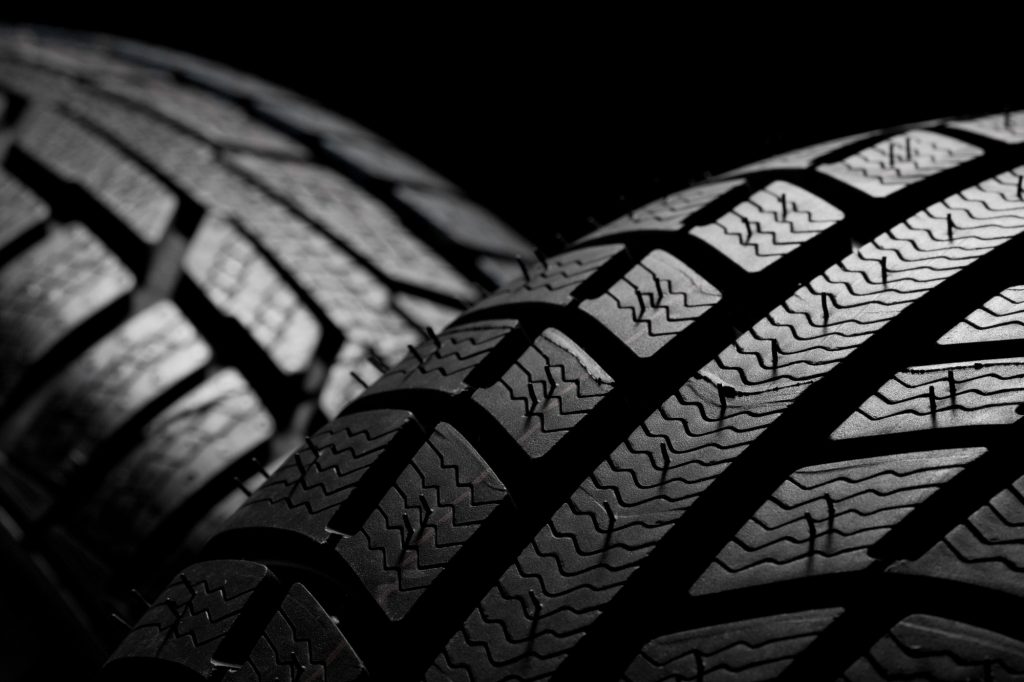
Americans spend about $20 billion each year on buying new tires for their vehicles. For most people, their main focus is finding the right size. For a smaller few, they consider the intended purpose of the tire.
The one question most people forget to think about is, what are tires made of? Tire manufacturers use different compounds and construction methods depending on the tire’s intended use and quality.
Learn about how tires are made to help you choose the best quality tire for your vehicle.
What Are the Parts of the Tire?
Several layers combine to create the tire that you see. Underneath that layer of tread, you have one or two layers of belts. These wrap around the length of the tire’s tread to give is strength and stability.
Under the belts is the sidewall. This wraps around the entire length and width of the tire. Then there are the body ply layers. These layers are what give the tire it’s body and shape.
The body ply also gives the tire its strength. This will dictate the inflation pressure. Finally, there’s a bead around the inner edges of the tire. This is the specially shaped edge that will create an airtight seal on your wheel.
What Are Tires Made Of?
The most basic answer is that tires are made of rubber, but this is only a small portion of the answer. A more complete explanation would be to say that tires are made of casting rubber, filler, textiles, steel, synthetic polymers, and curing systems.
Natural rubber, fillers, and synthetic polymers make up the majority of the tire’s composition. Textiles, steel, antioxidants, antiozonants, and curing systems make up a much smaller portion of the tire’s composition.
Natural Rubber
Natural rubber is the fundamental component of the tire. It’s what gives your tire its basic performance characteristics. The rubber formulation used will dictate how durable the rubber is and how resistant it is to cracking from fatigue.
Synthetic Polymers
Two types of synthetic polymers are most often used in tire manufacturing. The first is butadiene rubber. The second is styrene butadiene rubber.
These polymers are what get mixed into the natural rubber to create a specific formulation. The polymers change how the tire acts and wears.
A third synthetic gets used during the manufacturing process, but it gets used in the innerliner instead of the rubber formulation. Halobutyl rubber, or halogenated polyisobutylene rubber (XIIR), is what makes the tire impermeable. This synthetic helps the tire stay inflated.
Steel
The belts that give the tread strength are typically made out of steel. This stiffens the tread so that it flexes less and rolls better. The stronger these belts are, the better tire handling and performance you’ll have.
Quality tires will also have steel in the bead. This stiffens the bead so that the tire is securely anchored onto the wheel.
Textiles
These are various fabric fibers that get woven into cords and wrapped around the tire to give it strength. These fabric cords support the tire by creating dimension strength. This is how the tire gains the strength to support the weight of the vehicle.
The most common textiles used are polyester fabric cords.
- Rayon
- Nylon
- Aramid
You’ll find these textiles worked into the tire casing. The stronger these textiles are, the better the tire will keep its shape in tough driving conditions, such as performance or endurance applications.
Fillers
Filler gets added to the rubber compound to give it strength. This provides the tire with more of a defense against abrasions. You may hear this referred to as tear or tensile strength.
What it means for you is more traction and improved wear performance. Carbon black and silica are common filler materials. The more silica used, the better the rolling resistance of the tire.
Curing Systems
During the manufacturing process, the rubber is in a liquid form. A curing system is needed to turn the rubber from liquified to solid. This system usually has zinc oxide and sulfur.
As the rubber cures, crosslinks are formed in the rubber makeup. This makes the rubber stronger and more durable.
Antioxidants and Antiozonants
The antioxidants will help keep the rubber from breaking down. This gives the tire more durability when exposed to extreme temperatures and oxygen. Antiozonants are similar in that they protect the surface of the tire from ozone.
The Manufacturing Process
The first step in the tire making process is to mix the rubber compound. It then gets molded into thick sheets. There are different sheets for each layer of the tire.
The beads get built by gathering wire bundles and forming them into rings. The rings are then coated in rubber.
An extruder ejects the formulated rubber to build the basic shape of the tire. Then the sheets wrap around the tire base to build it up and create the specific profile of the tire. Glue attaches the bead to the tire.
The final step is to create a tread pattern. This tread layer is then glued onto the finished tire. Once all of the tire’s components are assembled, it gets removed from the tire-building machine.
Find the Perfect Tires for Your Car
Now that you can answer the question, what are tires made of, you’re ready to start shopping for new tires. You can better understand the different compounds used and find the tires that will give you the desired performance.
Download the manual to your car and learn the correct tire size and pressure to get the best performance out of your vehicle.




